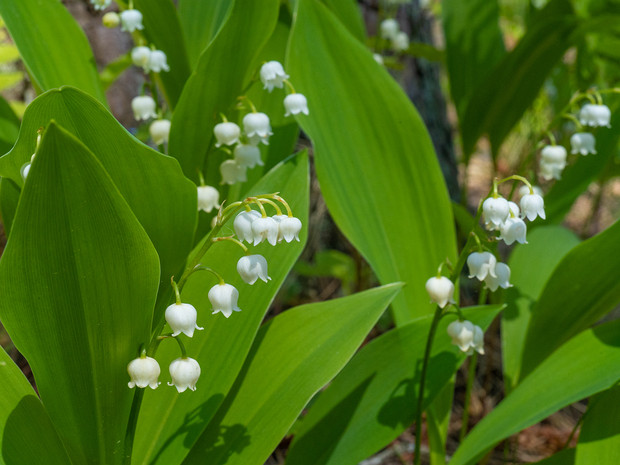
Лилиецветные - Liliales
Liliales (older name: Lilia) is an order of monocotyledonous flowering plants in the Angiosperm Phylogeny Group and Angiosperm Phylogeny Web system, within the…
908 images
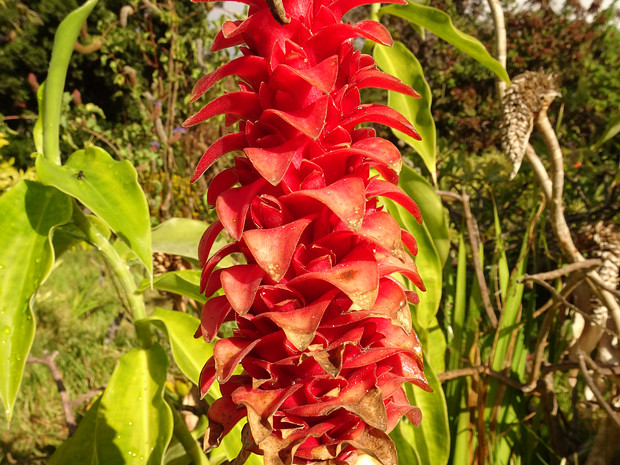
Имбирецветные - Zingiberales
The Zingiberales are flowering plants forming one of four orders in the commelinids clade of monocots, together with its sister order, Commelinales. The order…
197 images

Коммелиноцветные - Commelinales
Commelinales is the botanical name of an order of flowering plants. It comprises five families: Commelinaceae, Haemodoraceae, Hanguanaceae, Philydraceae, and…
94 images
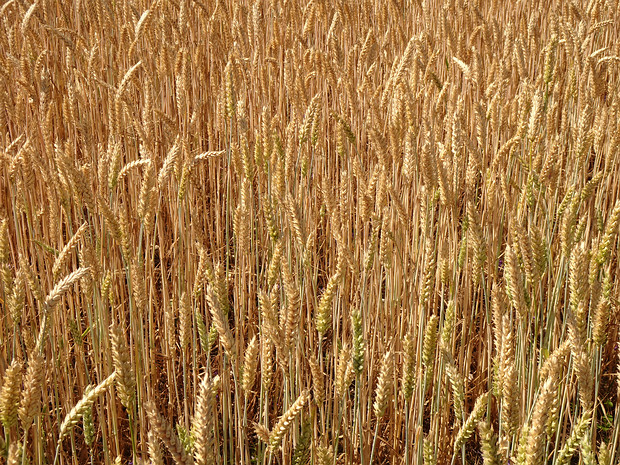
Мятликоцветные - Poales
The Poales are a large order of flowering plants in the monocotyledons, and includes families of plants such as the grasses, bromeliads, and sedges. Sixteen…
687 images
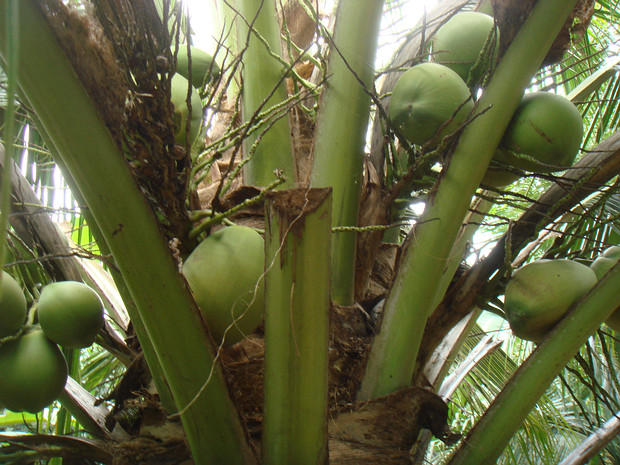
Пальмоцветные - Arecales
Arecales is an order of flowering plants. The order has been widely recognised only for the past few decades; until then, the accepted name for the order…
56 images
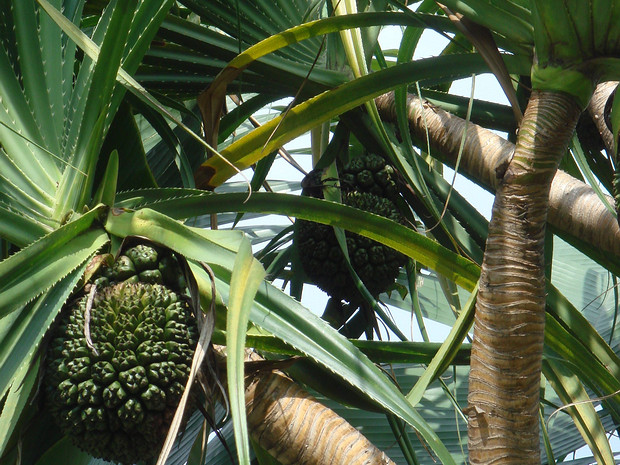
Панданоцветные - Pandanales
Pandanales (pandans or screw-pines) is the botanical name for an order of flowering plants placed in the monocot clade in the Angiosperm Phylogeny Group and…
18 images
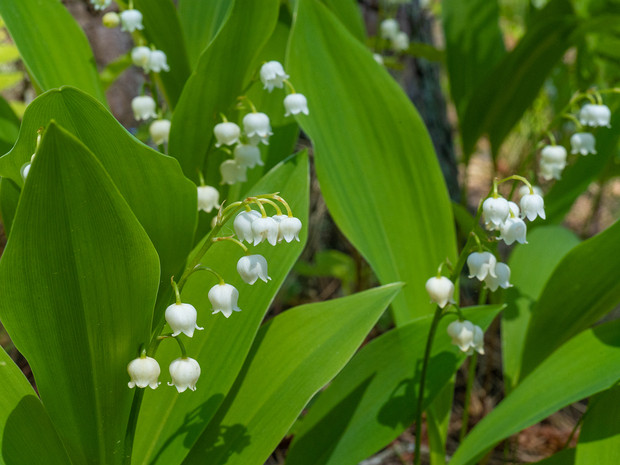
Спаржецветные - Asparagales
Asparagales (asparagoid lilies) is an order of plants in modern classification systems such as the Angiosperm Phylogeny Group (APG) and the Angiosperm Phylogeny…
3589 images2 others
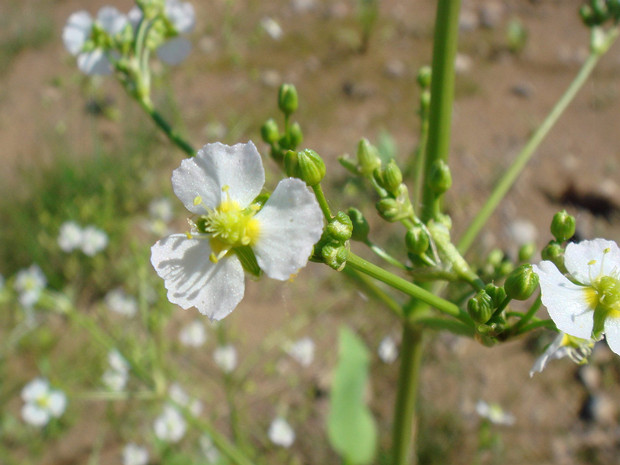
Частухоцветные - Alismatales
The Alismatales (alismatids) are an order of flowering plants including about 4500 species. Plants assigned to this order are mostly tropical or aquatic. Some…
175 images

